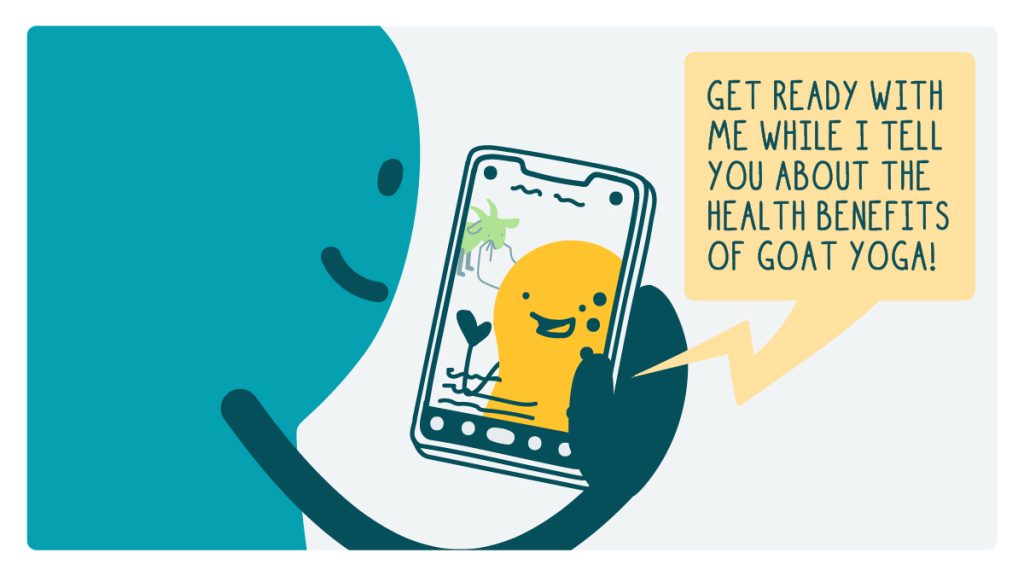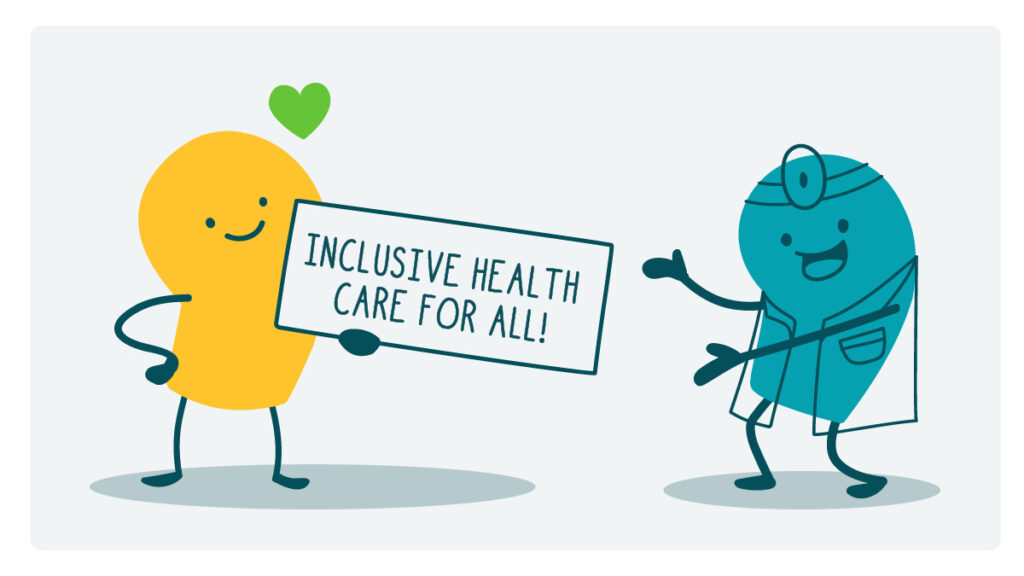
Happy New Year, dear readers! As we step into 2025, the future of public health and health care feels uncertain in many ways. If you’re feeling anxious about what this year holds, you’re definitely not alone. We may not have a crystal ball, but here at We ❤️ Health Literacy Headquarters, we’re going to keep working toward a future where everyone can access the care they need to thrive — and we’re confident that like-minded organizations will join us! To start 2025 on a hopeful note, we’re highlighting a few organizations that are working to make health care more inclusive by addressing systemic inequities, educating health care providers, and connecting patients with care that meets their needs.
Black Mamas Matter Alliance
Black people face alarming disparities in reproductive health care. The Black Mamas Matter Alliance envisions a world where all Black women and birthing people have the rights, respect, and resources to thrive before, during, and after pregnancy. This Black women-led organization provides training and capacity building to pregnancy care providers, grassroots organizations, academics, and public health professionals to advance Black pregnancy-related health.
Inclusive Therapists
Inclusive Therapists highlights mental health care providers who practice from a social justice and liberation-informed perspective. Anyone can use Inclusive Therapists’ directory to find providers who share specific identities or experiences (for example, LGBTQ+ therapists), specialize in certain topics, or offer sliding scale payment options. The organization’s website also features mental health resources created by and for people of color, LGBTQ+ people, and disabled people.
PATH: Promoting Accessibility To Healthcare
While health care providers learn about conditions like autism, ADHD, and Down syndrome in medical school, many don’t learn how to provide care in a way that supports their neurodivergent patients’ needs. As a result, neurodivergent people are more likely to experience medical trauma. UC Davis Health’s PATH Program (a clever acronym for Promoting Accessibility To Healthcare) is working to fill this knowledge gap, starting with pediatric health care providers. PATH educates pediatric providers about communication and sensory differences that many neurodivergent children experience, along with actionable steps that providers can take to make their practice more accessible and affirming.
Equitas Health
Equitas Health, a nonprofit community health care system, has been breaking down barriers to care for LGBTQ+ people and people living with HIV/AIDS since 1984. Today, Equitas Health takes a “whole person” approach to care, offering gender-affirming care, online community support groups, needle exchange programs, and more. Equitas Health Institute (the educational branch of Equitas Health) hosts webinars and publishes resources on relevant topics like gender-affirming care in rural areas, aging in the LGBTQ+ community, and asexual experiences in the health care system.
Association for Weight and Size Inclusive Medicine
While conversations about weight and health have evolved over the past few years, weight bias remains all too common in health care. The Association for Weight and Size Inclusive Medicine (AWSIM) is dedicated to building a world where patients of all sizes have access to empathetic and evidence-based health care. Providers and medical students can explore a library of resources on weight stigma and health and connect with like-minded folks through community events. AWSIM just launched in fall 2024, so we’ll be sure to stay tuned as the organization grows!
The bottom line: 2025 may feel uncertain in many ways — but we’re heartened by the fact that there’s so many organizations (and individuals!) doing the work of promoting health equity and inclusion every day. And we hope you are too!
Copy/paste to share on social (and tag us!): To set the tone for the new year, CommunicateHealth highlights organizations that are working to make #HealthCare more inclusive. Check it out: https://communicatehealth.com/wehearthealthliteracy/things-we-❤️-organizations-that-make-health-care-more-inclusive/ #HealthCommunication #HealthLiteracy #HealthComm
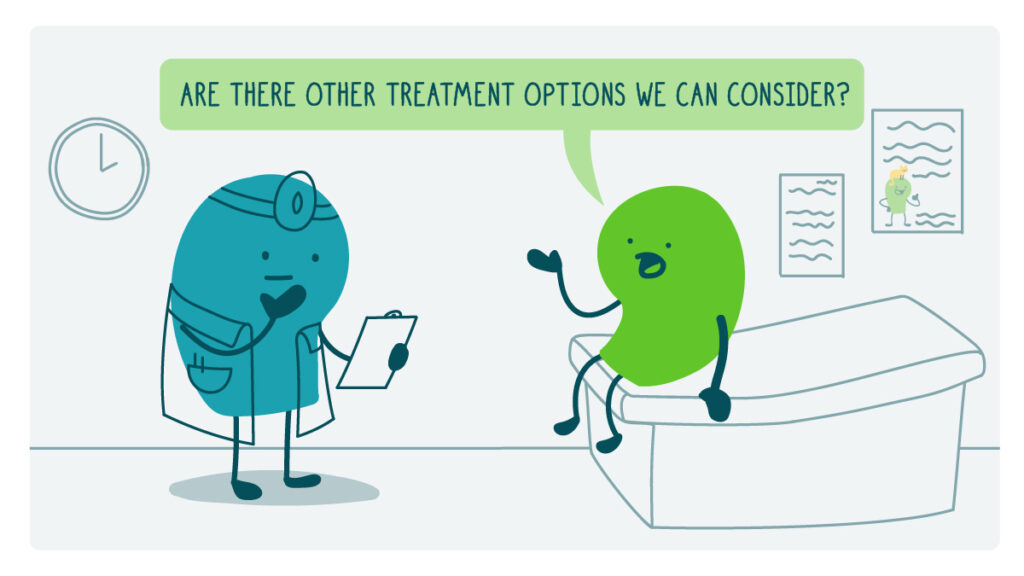
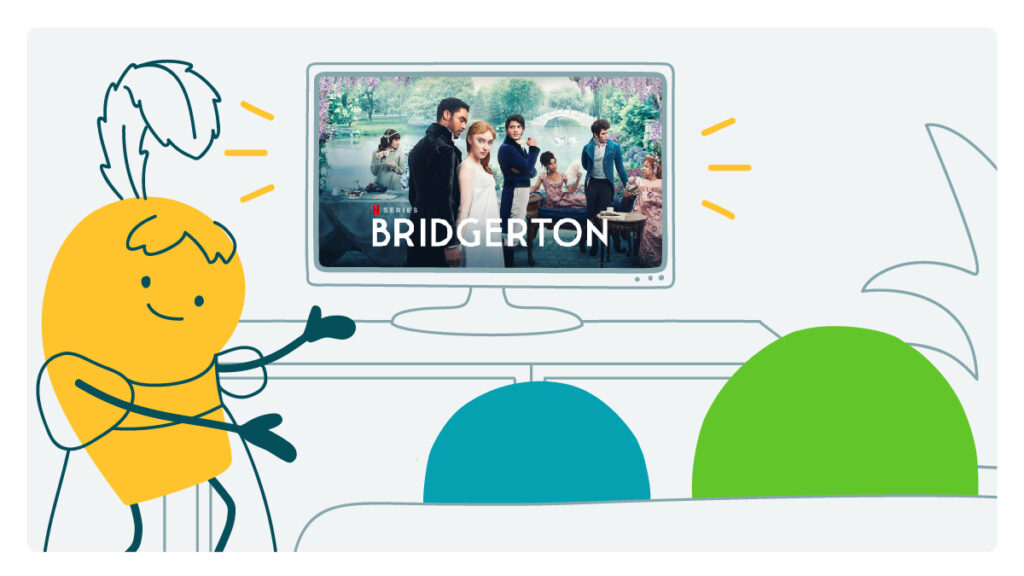
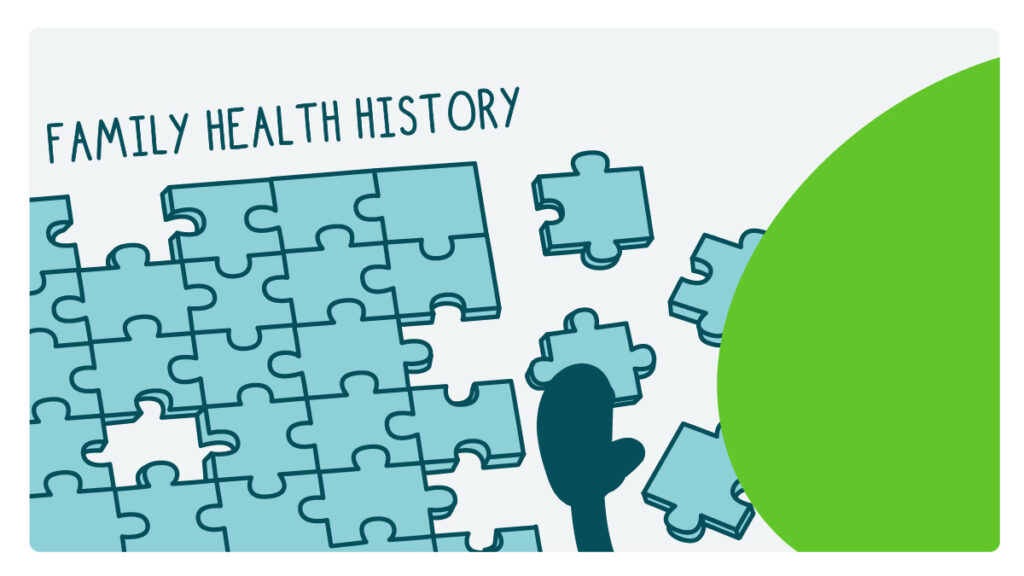
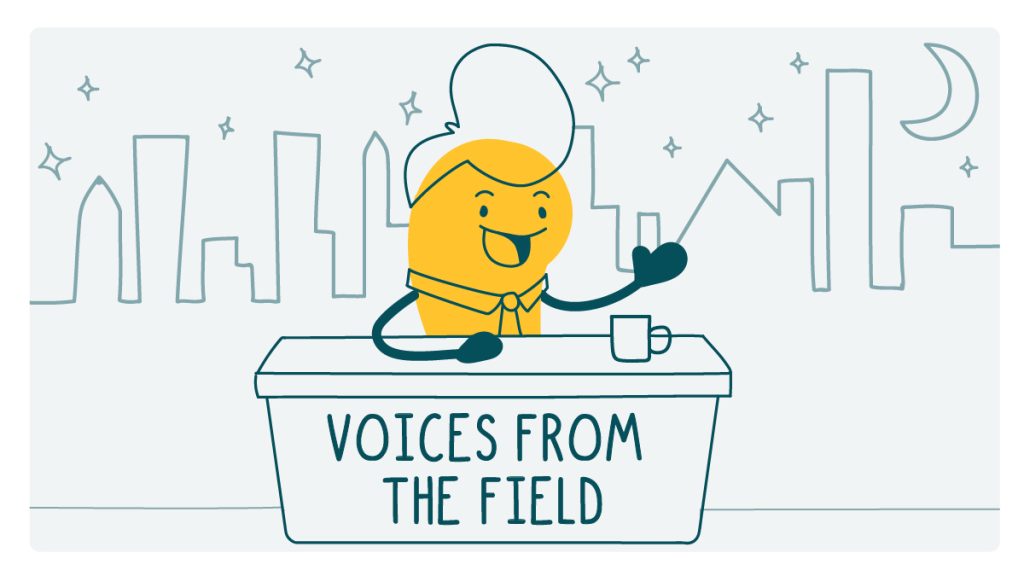
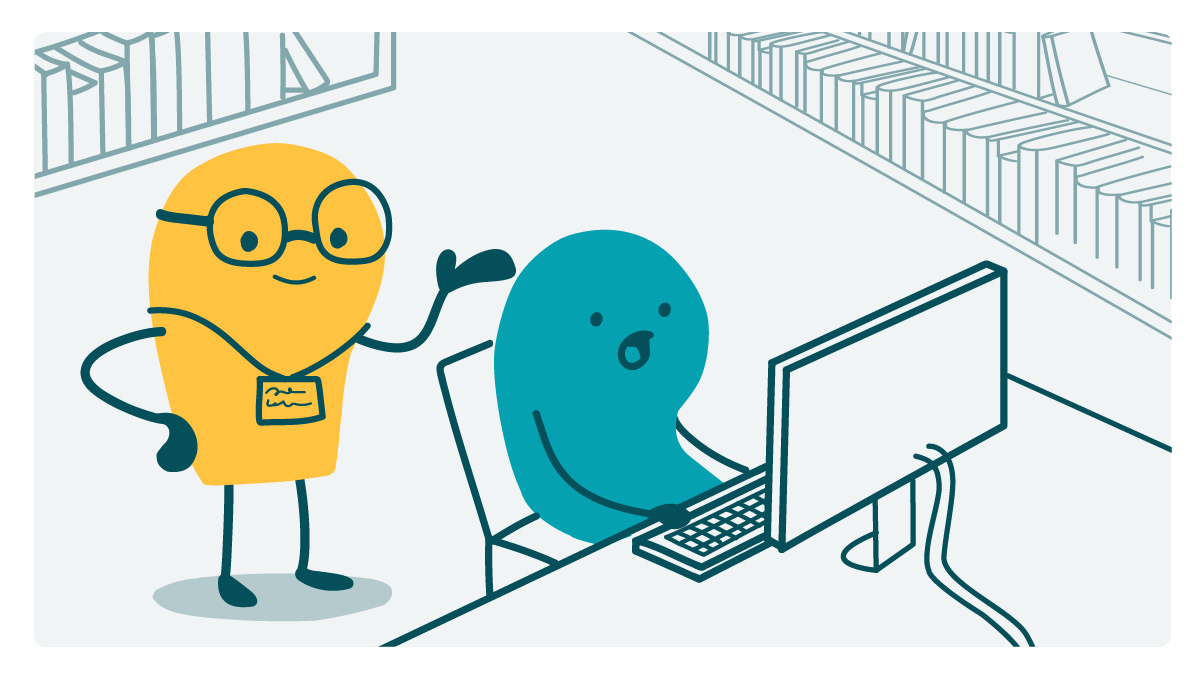

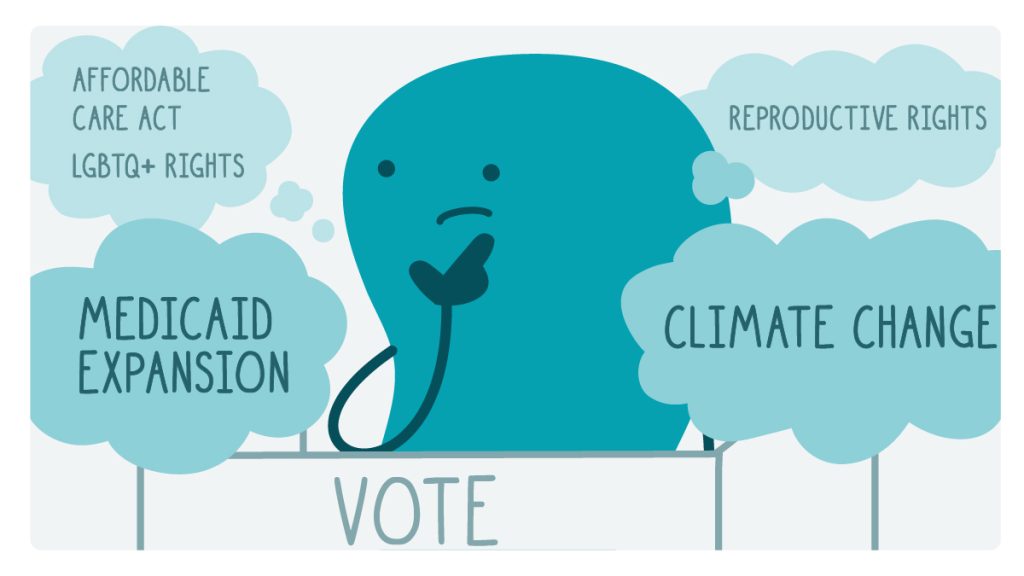
![A late-night talk show host doodle sits at a desk labeled “Voices From the Field.” On the wall behind them, a banner says “Health Literacy Month Edition!”]](/wp-content/uploads/WHHL-doodle-2024_10-17-1024x576.jpg)
